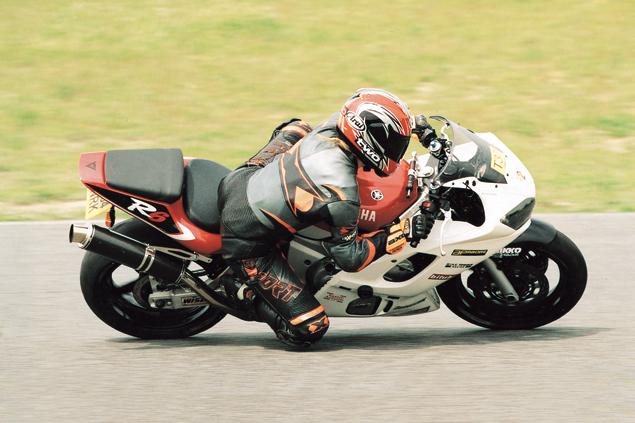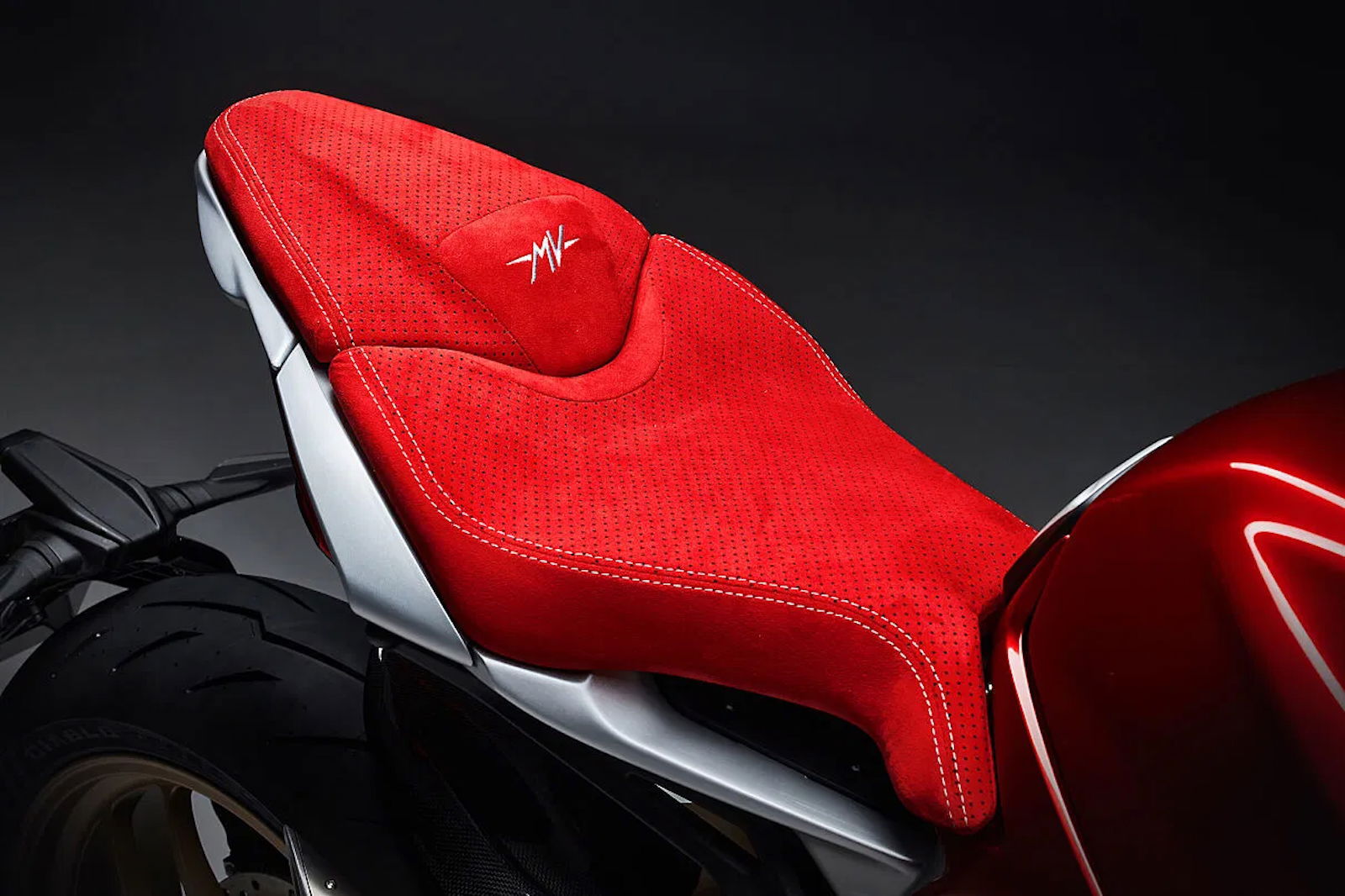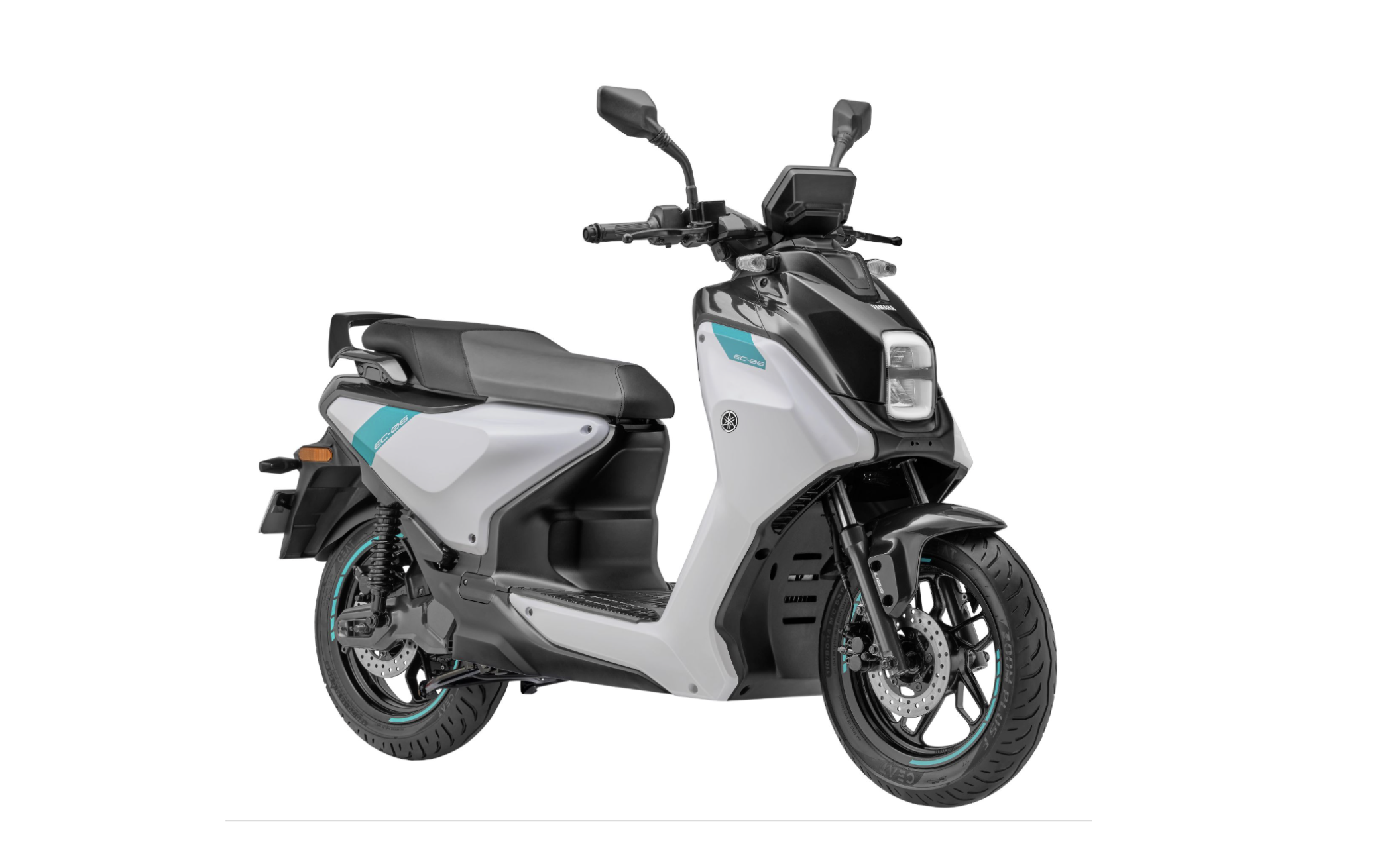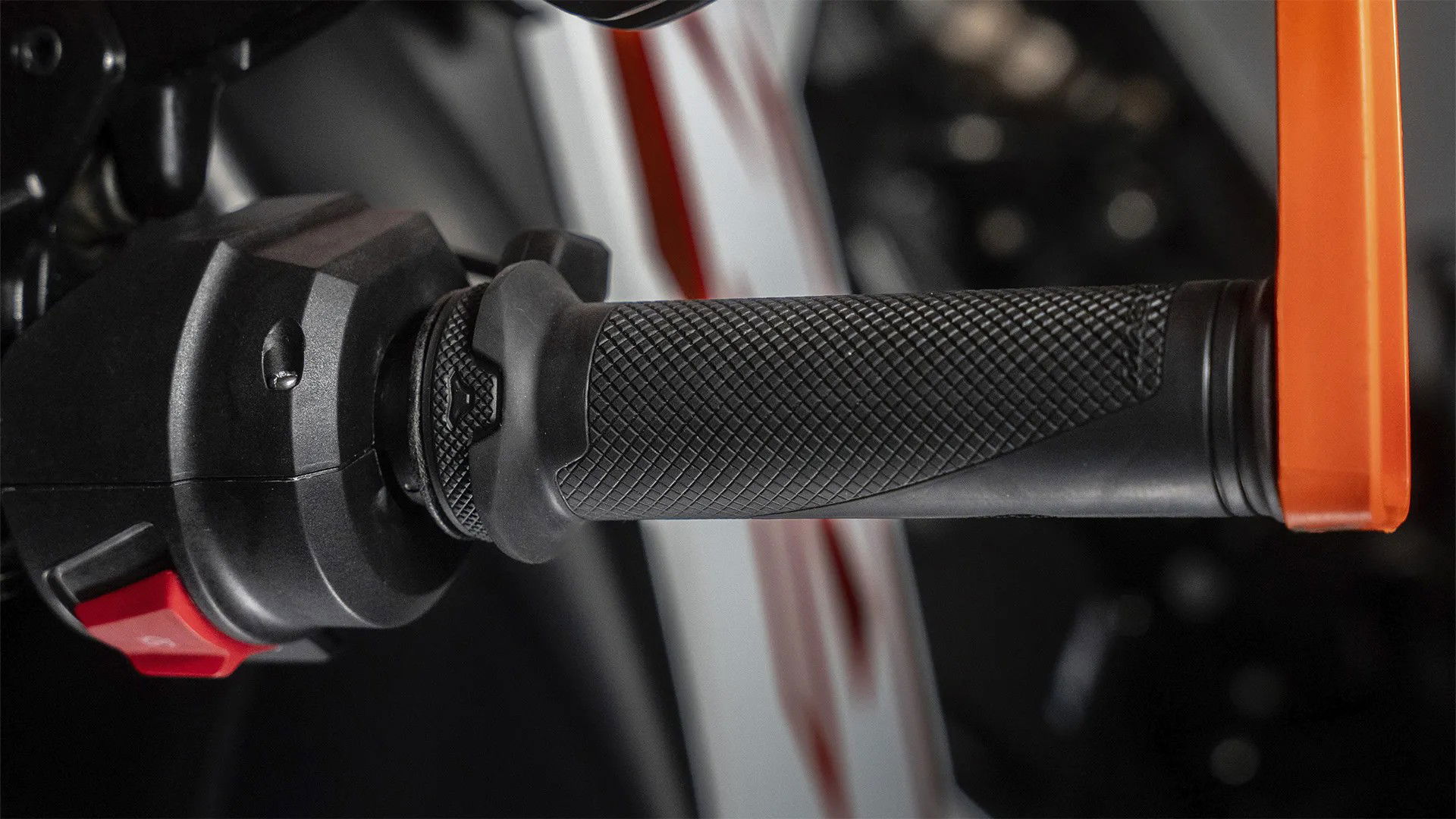Can you lower a motorcycle?
For some people, teetering on top of a bike that is taller than they are means a lowering kit is a must-have for riding. But is it a good idea?

RIDING big adventure bikes if you’re below six feet tall will generally mean sliding off the side of the seat at a stop and holding the bike on one leg. No problem for an experienced pilot, a bit more intimidating for a newbie.
Riding off-road is also a more daunting task is you can’t get your boots flat-footed on the ground. And being stood on tip-toes on a loose surface is not a good place to be.
So, besides opting for some reconstructive surgery to your legs, the only real option for shorter riders is to get hold of one of the many aftermarket kits that can make your bike a little bit lower and more manageable.
A few things to remember when lowering a motorcycle in any way other than shaving the seat is that you are changing the bike's chassis. This could affect the rake, trail and ultimately the way the bike will handle. It’s also vital that any changes made at the rear of the bike are tempered by appropriate adjustments at the front, returning the bike to a neutral angle of attitude in relation to the road. To ensure this, it's vital to take measurements from fixed points on the underside of the bike when the bike is held upright and off the side stand.
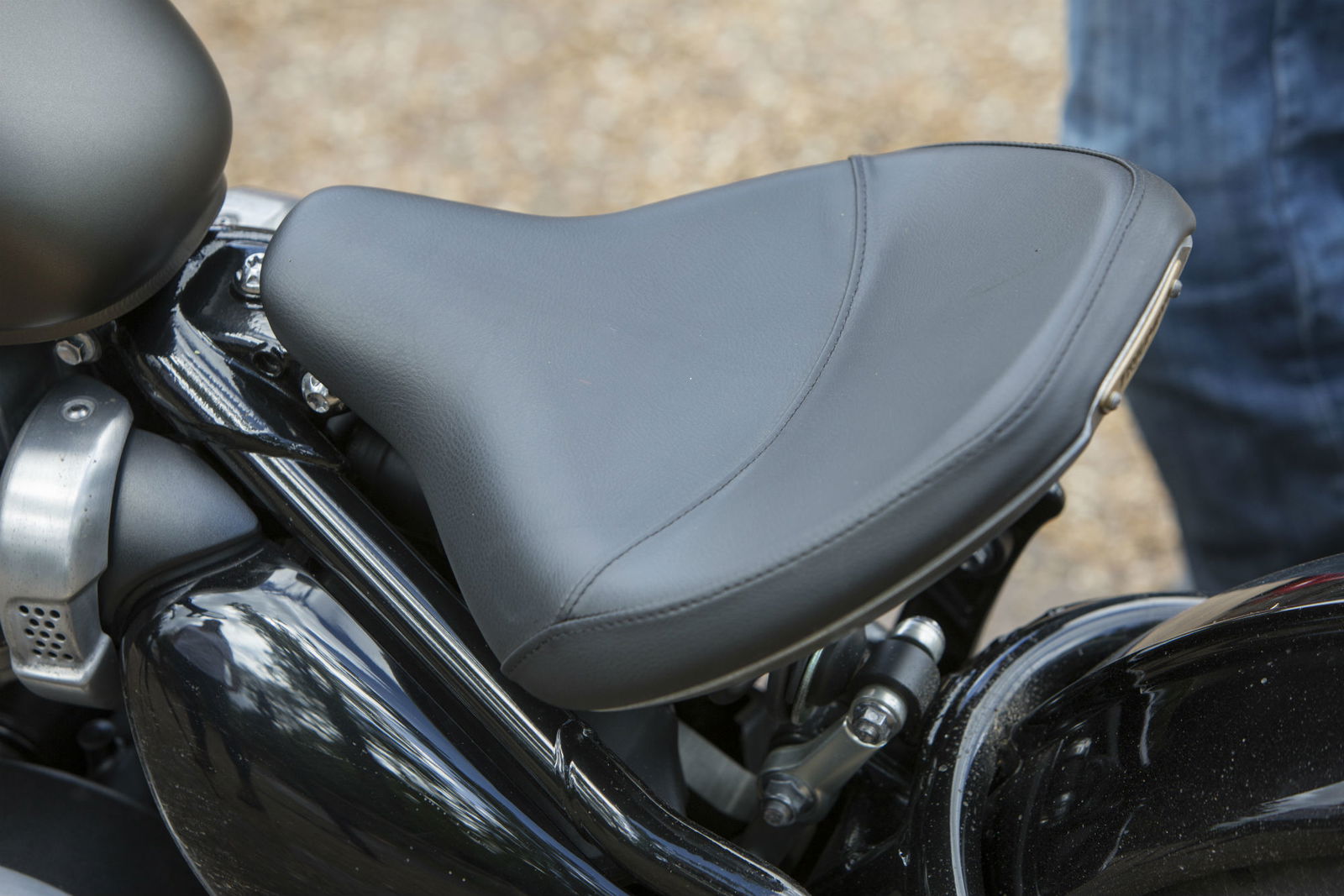
What is a shaved motorcycle seat?
A shaved seat is another word for a lowered seat. The term shaved comes from companies removing the out covering and then literally shaving some of the seat foam away to create a lower throne for the bike. Once the seat is recovered it’s very hard to tell that any lowering has gone on at all.
Shaved seat good points
Getting hold of a lowered seat for your bike is probably one of the most cost-effective ways of lowering your motorcycle. Because the bike’s suspension and geometry have not been altered, the bike’s handling characteristics should be completely unchanged by the modification. It’s also very easy to return the bike to stock for when the time comes to sell the machine, making the bike more appealing to larger audience in the process.
Shaved seat bad points
Shaving the seat or getting a lowered seat will mean there is a less than optimum amount of padding for your backside. It may mean that the numb-bum sets in a little earlier than if you had a stock item fitted. Changing the seat profile yourself is trickier than it sounds. You should try and match the original profile and just make it lower. This’ll mean re-covering the seat is easier and will still give you options to move around instead of being just sat in one place.
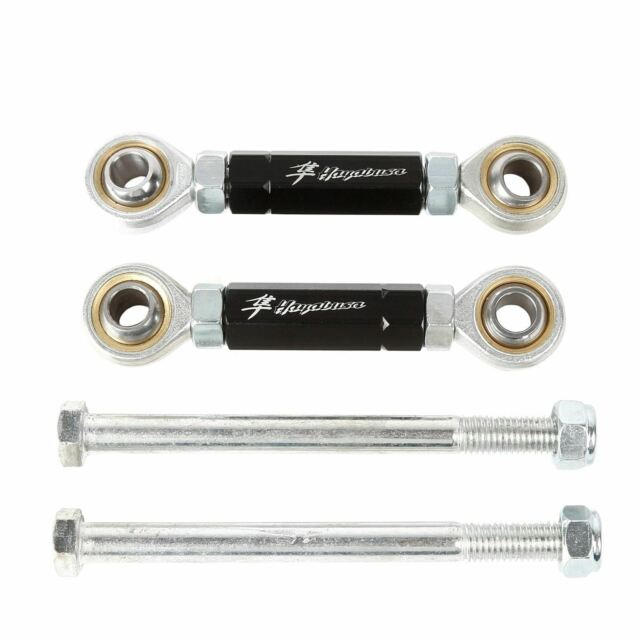
What is a lowering kit?
I lowering kit is bike specific item that comes as a kit of parts that replace those already fitted to your bike – normally in the form of linkages for a mono-shock setup. These linkages help the rear shock absorb different bumps with different rates of shock absorption. The smaller the bump, the softer the shock will react, with bigger bumps receiving a firmer response from the shock. This process is called a rising rate of damping – meaning the damping rate rises the more the shock is pushed.
Lowering kits good points
A lowering kit can be cheap to buy and is a bespoke built item that should be easy to fit for the experienced home mechanic. You can choose a linkage that lowers the bike by the amount you need, with many companies offering linkages that lower in half-inch increments. Suspension travel is not affected by using a shock linkage kit either, meaning you still have the same amount or rear wheels travel.
Lowering kit bad points
Because the shock has been physically moved closer to the ground there is a chance of it encountering rocks when riding on the trails. Linkages can sometimes result in some odd suspension characteristics, as the new linkage changes the amount of force exerted through the suspension system. Because the rear wheel travel is still the same as before, the new linkage may cause the rear wheel to come into contact with the back end of the bike – under the seat. It’s best to fully compress the suspension to check this before you hit any hardcore off-road sections.
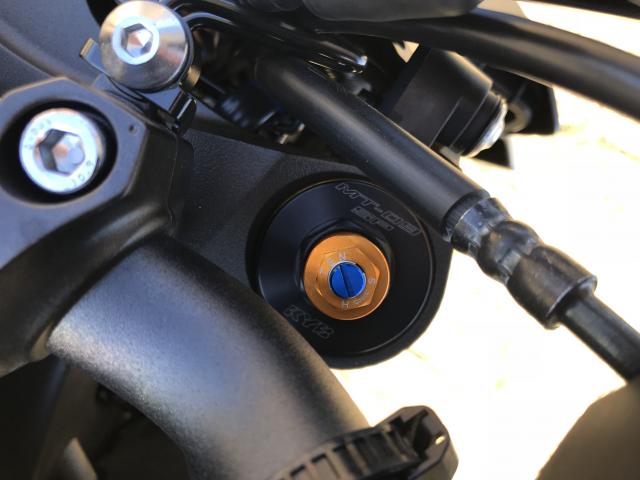
Should I raise my forks?
To help lower a bike, some people advocate pulling the front forks up through the top and bottom yolks, effectively lowering the front end in the process. It’s vital that any adjustment made to one tube must be replicated exactly with the other fork. It’s also to work in small increments, retighten and check the bike as you go. Torquing the pinch bolts to the correct torque setting as you go.
Raising forks good points
No other parts required so it’s effectively a free change. It can be completed at home although it’s best to have a second set of experienced eyes with you to double-check your working.
Raising forks bad points
Lowering the front in this way will change the attitude of the bike and should be approached with caution. Going too far could grate negative handling traits as you are now in the realm of altering the bike’s rake and trail. The bike’s ride height will also be lower causing bike to bottom out over bumps, not ideal when riding off-road. The change could also reduce stability at speed, as the bike’s wheelbase is shorter, and the front end is stouter than before.
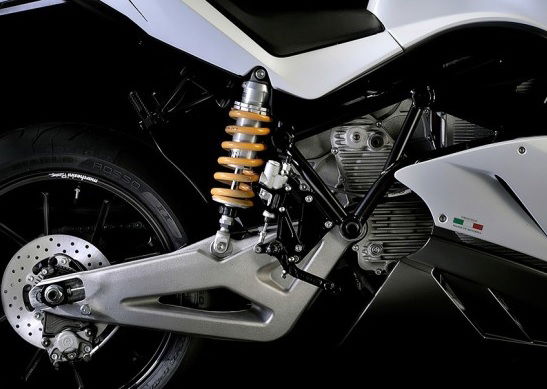
What about dialling out some pre-load?
Most bikes will come with some level of suspension adjustment as standard. The most common thing to adjust is the preload. Normally this will come in the form of a threaded ring that is moved up and down the rear shock by turning it one way or another. The further up the shock you wind it, the more pre-load you are introducing to the bike. Introducing more tension to the spring in this way will increase the ride height of the static bike. Reducing the amount of tension in the spring will have the opposite effect.
Some front forks also come with pre-load adjustment built-in. As with any suspension adjustment, ensuring you return the bike to a neutral riding attitude is vital to attaining neutral and predictable handling.
Most motorcycles come pre-set with a middle-ground amount of pre-load installed. It’s designed to work for the widest range of riders in the widest range of riding conditions. Taking the bike outside of this range will take the bike out of the manufacturer’s recommended sag settings, this could adversely alter the bike’s handling.
Lowering with pre-load good points
As with pulling the forks through the yolk, adjusting pre-load requires few special tools, a model-specific C-spanner will be all you need. As with any type of suspension mods, if you are unsure, leave it for a professional or get a more experienced friend to double-check your work.
Lowering pre-load bad points
Keeping to recommended sag settings should mean your bike handles as the factory intended, moving outside of these settings should be approached with caution. Rather than step outside of the spring’s working range, it may be better to opt to a shorter spring.

